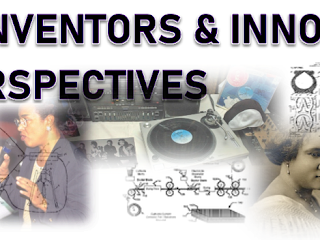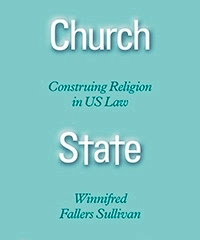[We have the following announcement from our friends at Max Planck. DRE]
Religious Normativity in Early Modern New Granada
 Ecclesiastical institutions and actors played key roles in the formation of normative orders in early modern Ibero-America. Their legal historical importance is now discussed in case studies focusing on New Granada - a region which included today's Colombia, Venezuela and Ecuador - from the 16th to the 19th century. This is the subject matter of the most recent volume of the series Global Perspectives on Legal History (GPLH), edited by Pilar Mejía, Otto Danwerth and Benedetta Albani (Max Planck Institute for European Legal History).
Ecclesiastical institutions and actors played key roles in the formation of normative orders in early modern Ibero-America. Their legal historical importance is now discussed in case studies focusing on New Granada - a region which included today's Colombia, Venezuela and Ecuador - from the 16th to the 19th century. This is the subject matter of the most recent volume of the series Global Perspectives on Legal History (GPLH), edited by Pilar Mejía, Otto Danwerth and Benedetta Albani (Max Planck Institute for European Legal History).
The nine chapters of this Spanish-language volume explore the relationship between different types of religious normativity as well as their local adaptations in the archdiocese of Santafé and peripheral dioceses. With respect to the colonial period, they deal, for example, with language policy and activities of various religious orders (Dominicans and Jesuits), conflicts between regular and secular clergy, the role of educational centres (colegios and conventos) as well as with financial aspects of parish administration. Further contributions are devoted to the 19th century: in addition to the role of oaths in legal proceedings, the state-church relationship during the processes leading to independence and in Republican times both in Colombia and Venezuela is examined afresh.
The present volume is the third in a four-book series exploring the contribution of ecclesiastic institutions to normative orders in early modern Ibero-America. The first two books examined the viceroyalties of New Spain and Peru, respectively. The final volume (2021) will focus on Portuguese America (Brazil) and thus provide comparative material to the studies of Hispano-America.
More information on the volume [here].






